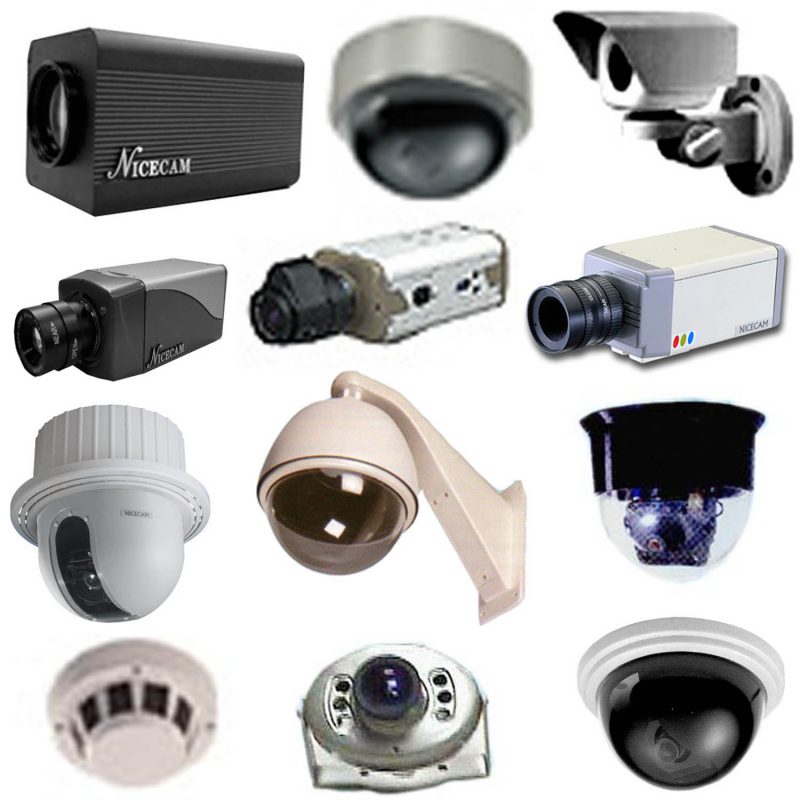In today's digital age, security has become a paramount concern for individuals and businesses alike. Whether safeguarding homes, offices, or public spaces, Closed Circuit Television (CCTV) systems have emerged as indispensable tools for surveillance and monitoring. However, the diversity of CCTV systems can be overwhelming, leaving many unsure of which option best suits their needs. In this guide, we'll delve into the various types of CCTV systems available, helping you make an informed decision on which solution aligns with your requirements.
1. Analog CCTV Systems:
- Traditional analog CCTV systems have been the backbone of surveillance for decades.
- Cameras in these systems capture footage and transmit it via coaxial cables to a Digital Video Recorder (DVR).
- While analog systems offer basic surveillance capabilities, they lack the advanced features and image quality of their digital counterparts.
2. IP (Internet Protocol) CCTV Systems:
- IP CCTV systems represent the latest advancements in surveillance technology.
- These systems utilize network cameras that connect directly to an IP network, such as the internet or a local area network (LAN).
- IP cameras offer superior image quality, resolution, and scalability compared to analog cameras.
- They can be easily integrated with other digital systems, allowing for remote access, analytics, and advanced functionalities.
3. Wireless CCTV Systems:
- Wireless CCTV systems eliminate the need for complex wiring installations, making them ideal for retrofitting existing structures or temporary deployments.
- These systems utilize wireless communication protocols, such as Wi-Fi or Bluetooth, to transmit video footage.
- Wireless cameras are versatile and can be placed in locations where traditional wired cameras may be impractical.
4. HD CCTV Systems:
- High Definition (HD) CCTV systems deliver crystal-clear images and enhanced detail, providing superior surveillance capabilities.
- HD cameras capture footage in resolutions of 720p, 1080p (Full HD), or even 4K Ultra HD.
- These systems are particularly suitable for applications where image clarity and detail are critical, such as identifying faces or license plates.
5. PTZ (Pan-Tilt-Zoom) CCTV Systems:
- PTZ CCTV systems feature cameras with motorized mechanisms that enable remote control of pan, tilt, and zoom functions.
- Operators can dynamically adjust the camera's orientation and zoom in to focus on specific areas of interest.
- PTZ cameras offer increased flexibility and coverage compared to fixed cameras, making them ideal for monitoring large areas or tracking moving subjects.
6. Night Vision CCTV Systems:
- Night Vision CCTV systems utilize infrared (IR) technology to capture clear footage in low-light or nighttime conditions.
- These cameras emit infrared light, which is invisible to the human eye but illuminates the scene for the camera's sensors.
- Night vision cameras are essential for around-the-clock surveillance, providing visibility in environments with limited lighting.
7. Covert CCTV Systems:
- Covert CCTV systems, also known as hidden or spy cameras, are designed to discreetly monitor activities without being detected.
- These cameras are often disguised as everyday objects such as smoke detectors, clocks, or wall outlets.
- Covert cameras are commonly used for covert surveillance or to gather evidence discreetly in sensitive situations.
In conclusion, the realm of CCTV systems encompasses a diverse array of options, each tailored to specific security needs and preferences. Whether you require basic monitoring capabilities or advanced surveillance solutions, there's a CCTV system suited to your requirements. By understanding the various types of CCTV systems available, you can confidently select the solution that best safeguards your property, assets, and peace of mind.






Comments